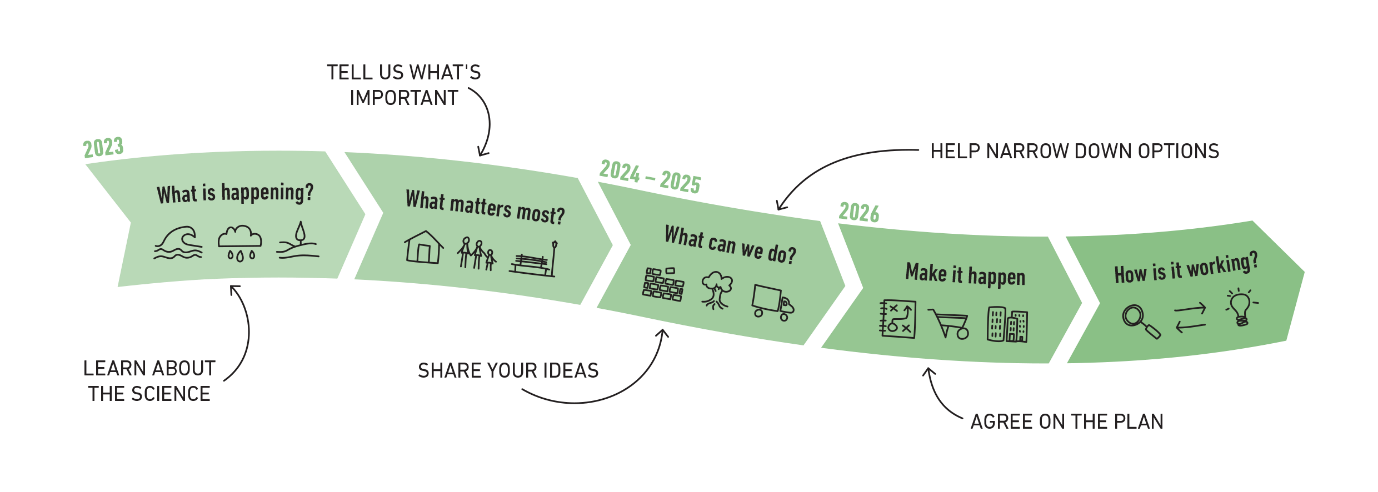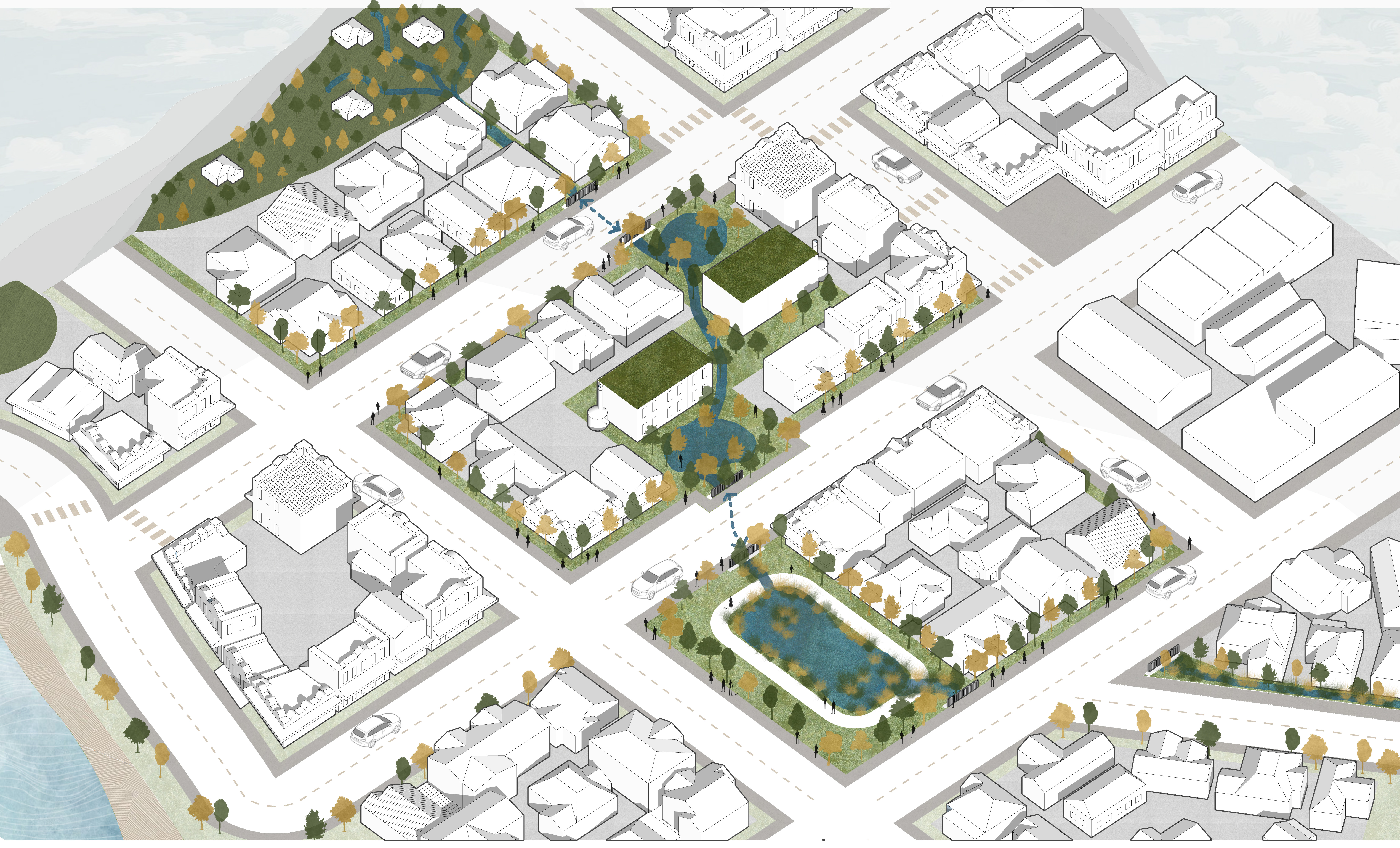South Dunedin Future is a joint programme of the Dunedin City Council and Otago Regional Council to respond to flooding problems, climate change and the other natural hazards facing South Dunedin. We are aiming to create an adaptation plan for the area by 2026.
South Dunedin Future’s Programme manager, Jonathan Rowe says this release is a “major milestone.”
“Everything we’ve learned so far has been brought together here. The long list shows the many approaches that could be used to make South Dunedin both safer and better.”
“Over the next two years there will be many opportunities for the community help narrow down the list from 16 approaches to preferred sets for different parts of South Dunedin,” Mr Rowe says.
Scientific studies are predicting that without changes much of the low-lying flat area of South Dunedin is likely to become more flood prone and damp over coming decades due to the effects of climate change, rising sea levels and groundwater, and more frequent and severe rainfall events.
The long list is presented as part of a set of reports that will be discussed by both Councils at their respective meetings next week. Councillors will be asked to receive the reports and approve the long list for community engagement starting early next year.
The list was created by combining the most promising approaches being used around the world in similar contexts with the 280 ideas collected from people in South Dunedin through community engagement throughout this year.
The approaches range from protection schemes like drainage and water storage to new planning controls and forms of partial retreat. Some new approaches highlighted include designing open spaces such as roads and parks to be floodable and diverting water from buildings, ground strengthening, building land up and resilience measures such as lifting or waterproofing houses.
The adaptation approaches are grouped according the ‘PARA’ framework (protect, avoid, retreat, accommodate), which is used to identify and explain the types of actions or approaches that might be taken to adapt to the natural hazards and the impacts of climate change.
If the councils approve the long list for consultation, the next steps will be to engage with communities and then to include feedback into the next stage of technical work, which will consider how approaches might be applied in different parts of South Dunedin.
None of the approaches have been costed at this early stage because that will depend on the scope, scale and time periods for which they are applied. For instance, raising one house will have a very different cost to that of elevating the land of a number of sections on a block.
“We have been talking and working with the South Dunedin community and many stakeholders for more than four years and will continue to do so.”
“There will be a wide range of opportunities over the next two years to consider the issues, understand the approaches and trade-offs, hear what others think and want, and play an active role in the decision-making. In this way, everyone should have an opportunity to help shape South Dunedin’s future,” Mr Rowe says.

This infographic shows the five phases of the South Dunedin Future programme. The long list release marks the beginning of phase 3: What can we do?

One of 16 visualisations developed to illustrate the main possible approaches of increasing permeability of ground surfaces to reduce pressure on the stormwater system.
